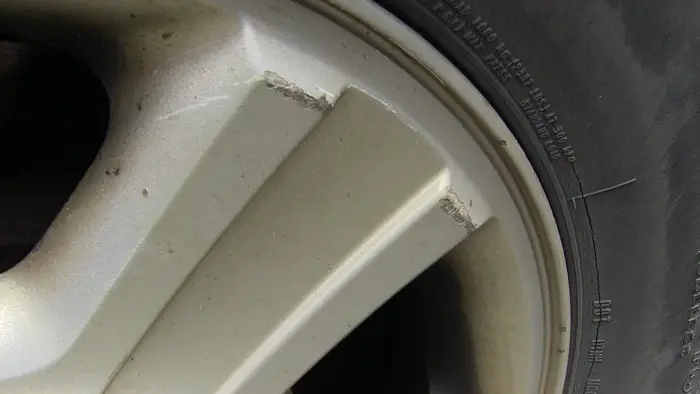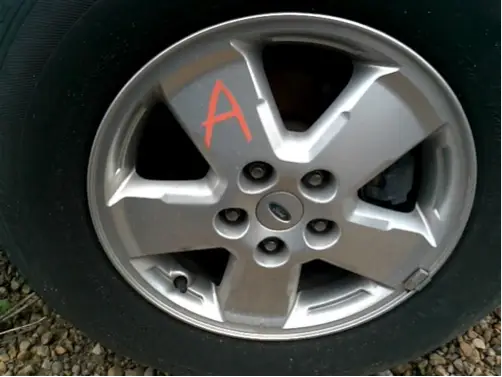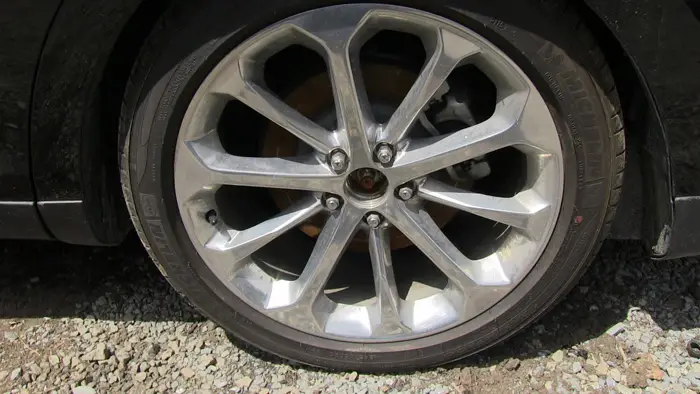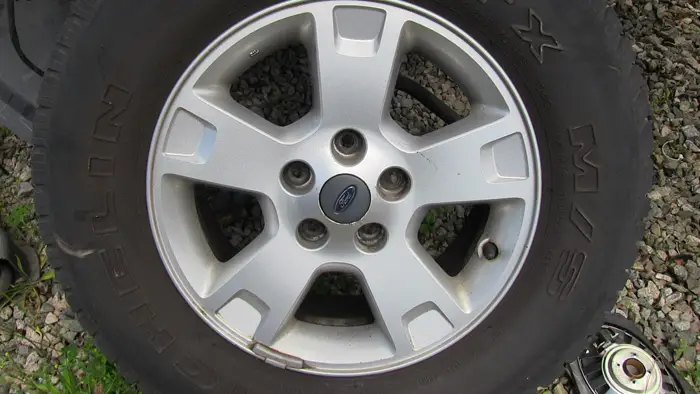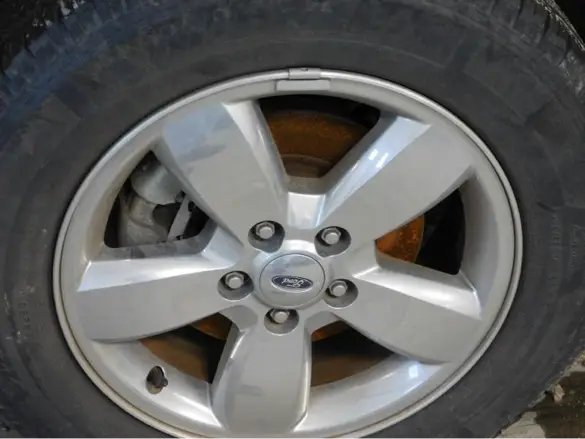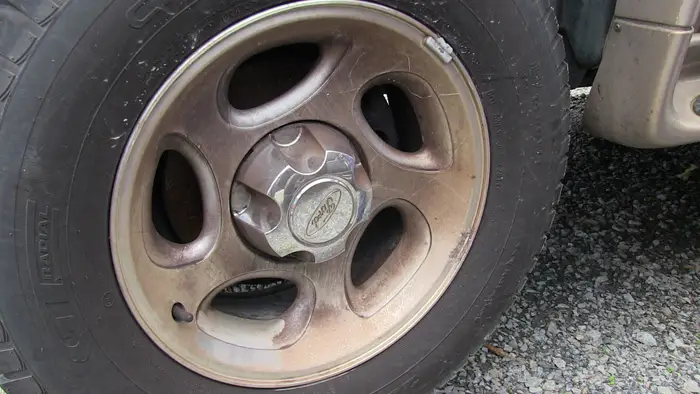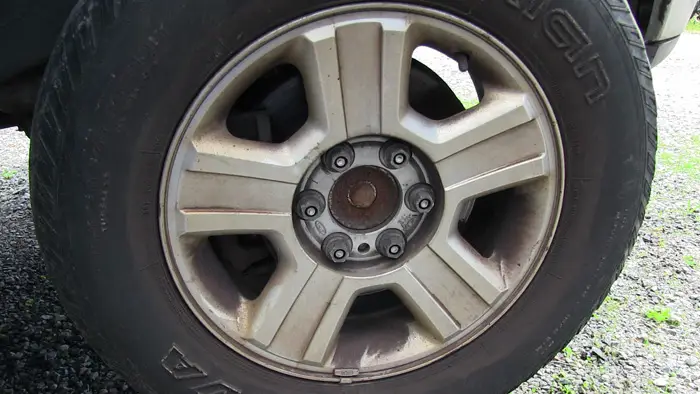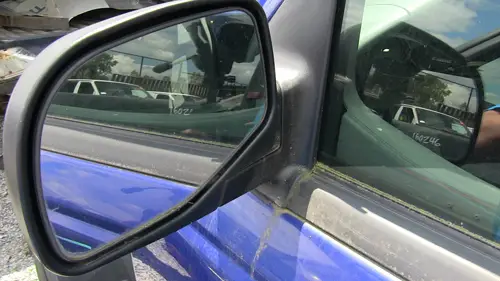Module 2, Lesson 7
Preamble
Approximate time to complete this lesson: 30 minutes
Lesson 7 Video
To begin Lesson 7, watch this video (8 minutes, 22 seconds).
Review of Lesson 7
Part 5
Miscellaneous Parts Grading
In this part of the training module we will learn how to grade miscellaneous parts including:
- Glass;
- Lights;
- Mirrors;
- Cosmetics; and,
- Seats.
Glass
“A Grade” glass is not cloudy, pitted, broken, cracked, or scratched. All electronics are functional and all permanently attached mounting hardware is intact and undamaged.
“C Grade” glass is not broken or cracked but contains imperfections (e.g. a minimal stone chip)
*There is no “B Grade” for glass since B grade was created for professional use and professionals do not use B grade glass.
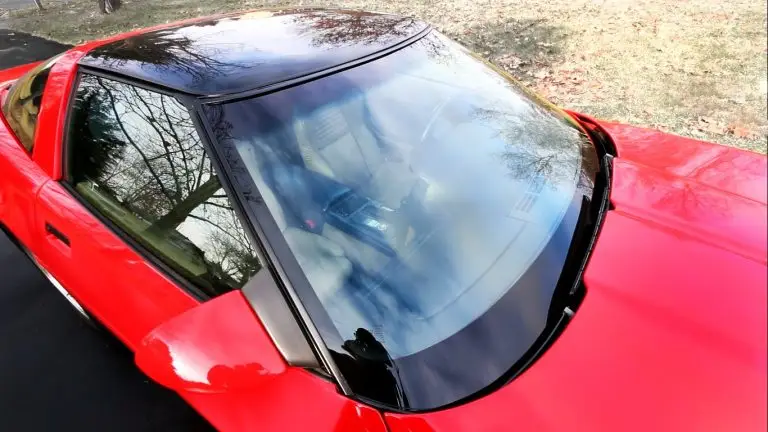
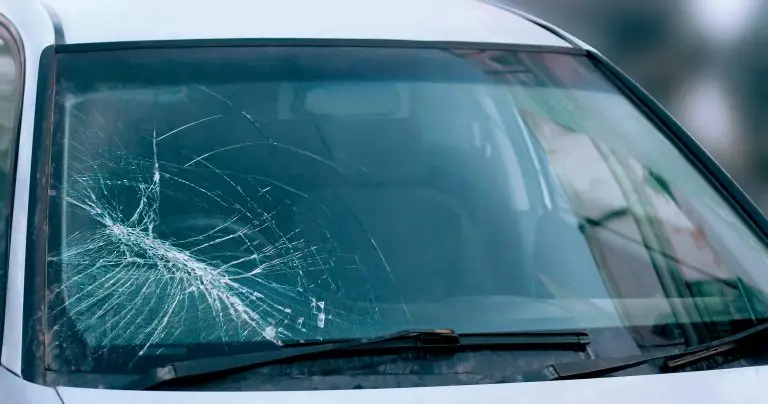
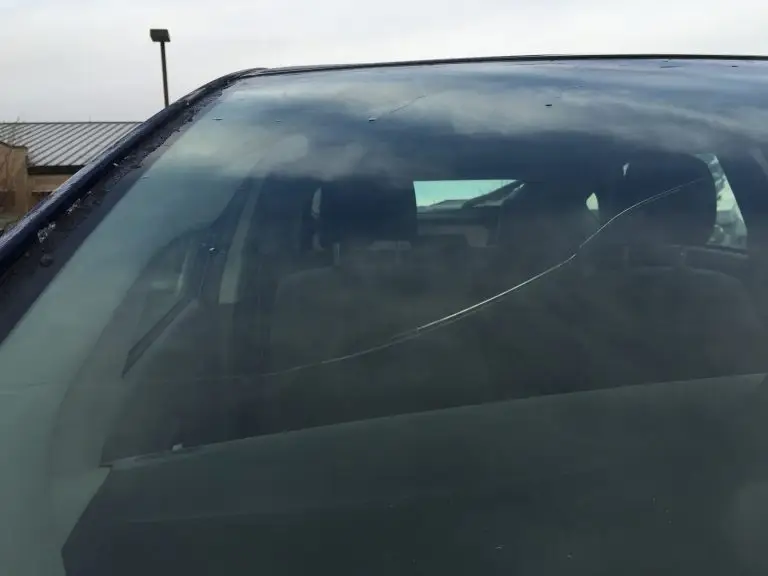
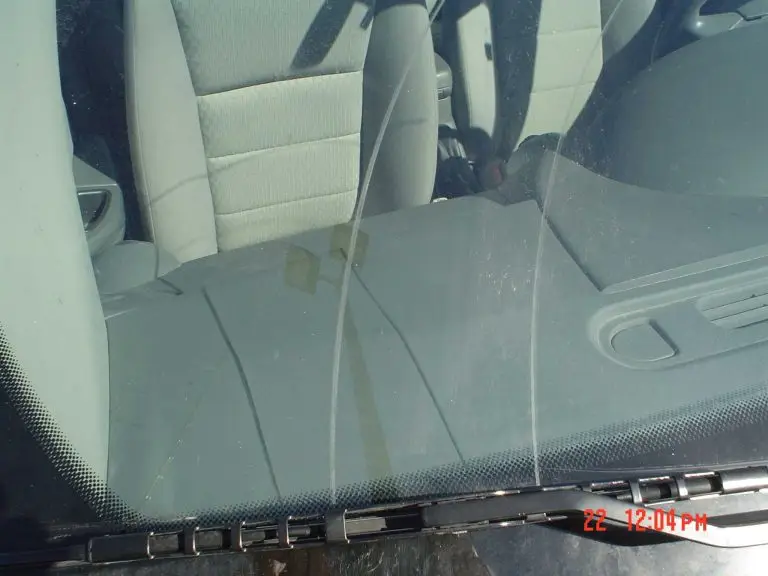
Lights Grading
A Grade lights
A grade lights have been visually inspected, have all seals and tabs intact, and are not cloudy, pitted, broken, or cracked.
B Grade lights
B grade lights have been visually inspected, have all seals and tabs intact, is not cloudy, pitted, broken, or cracked, but may contain cosmetic imperfections.
C Grade lights
C grade lights fail to meet the requirements of A and B grade lights but are still functionally usable.
Examples:
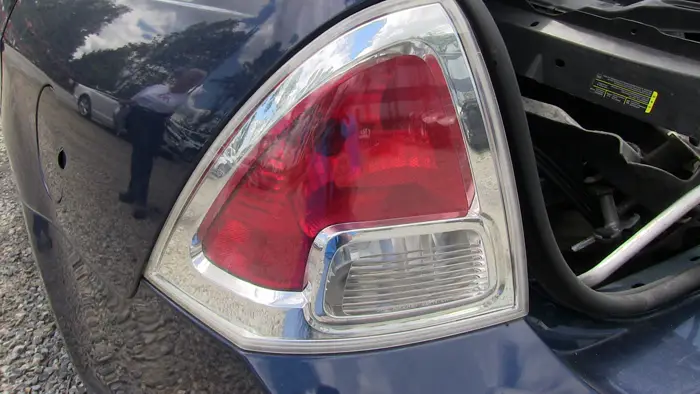
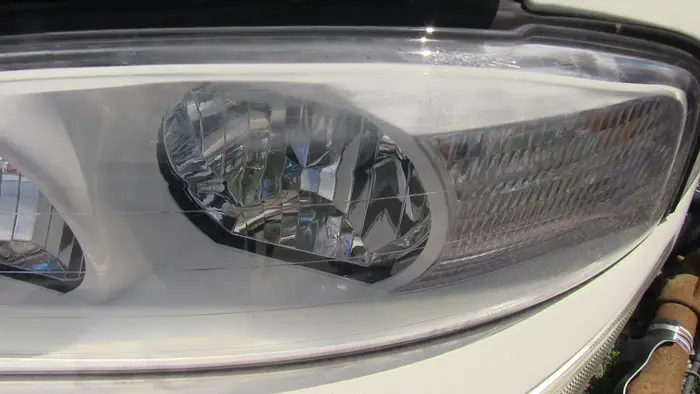
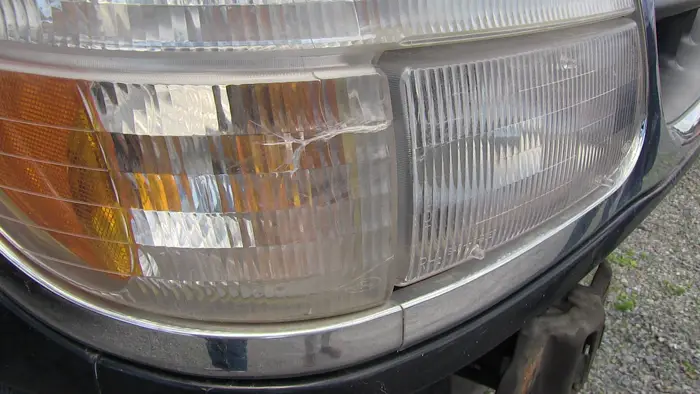
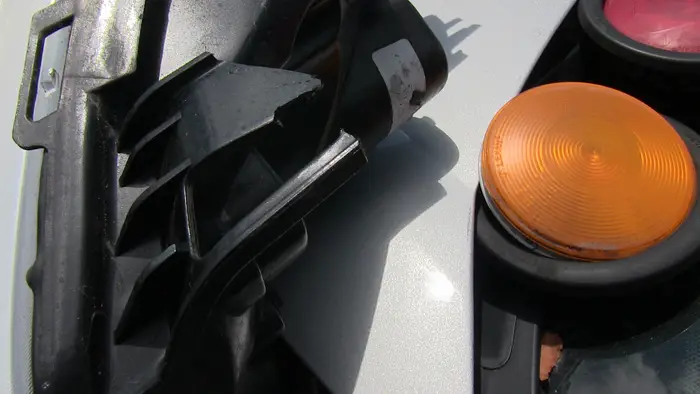
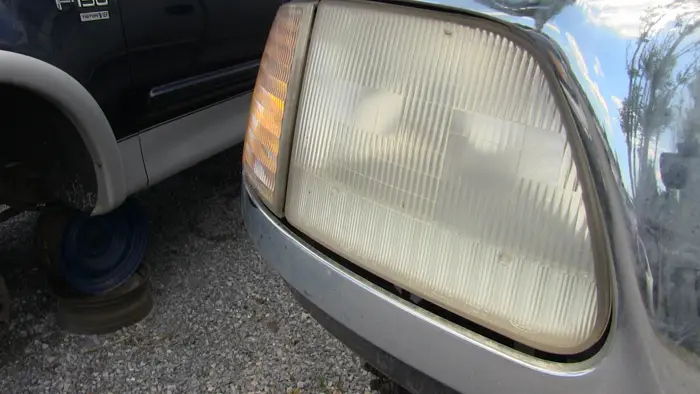
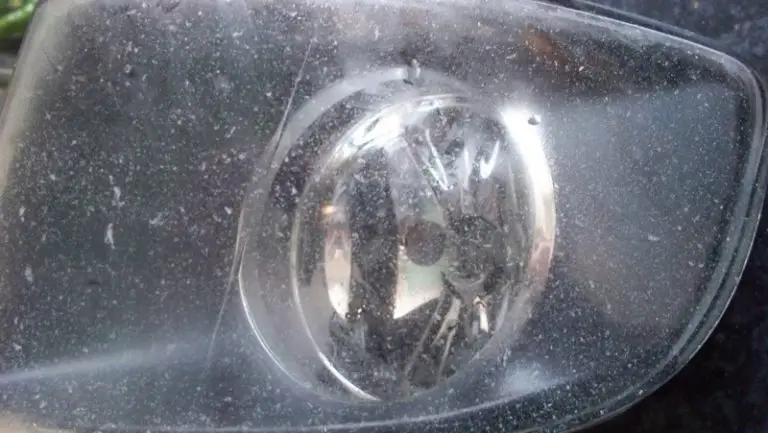
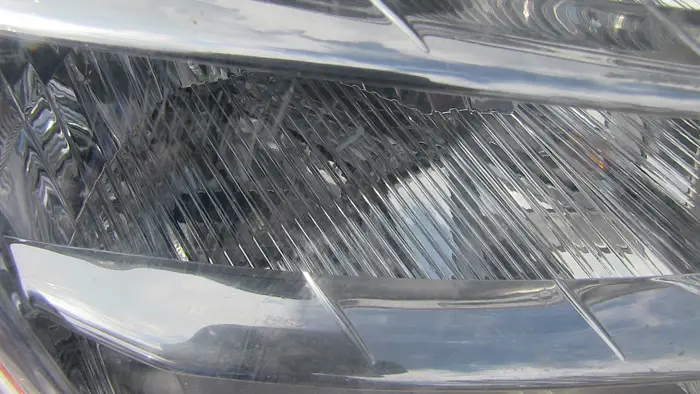
Mirror Grading
A Grade Mirror
A grade mirrors are not cloudy, pitted, broken, cracked, or scratched. All electronics and mechanical components are functional and permanently attached mounting hardware is intact and undamaged.
B Grade mirror
B grade mirrors meet all the requirements of grade mirrors but may contain scratches to painted surfaces only.
C Grade mirrors
C grade mirrors fail to meet the requirements of A and B grade mirrors but are still functional.
Examples:
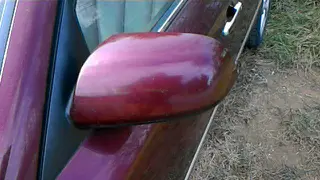
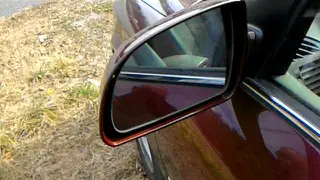
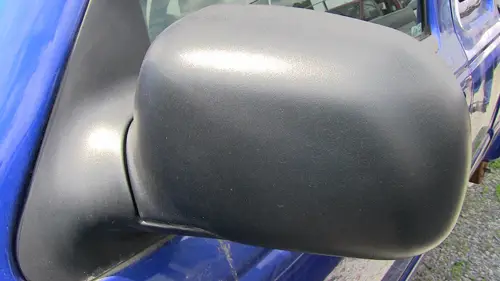
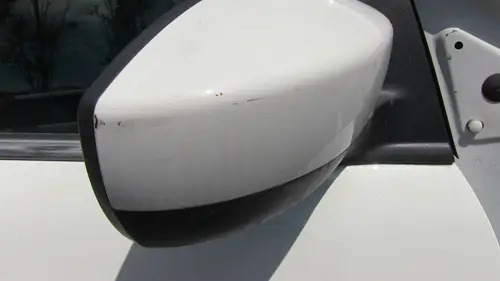
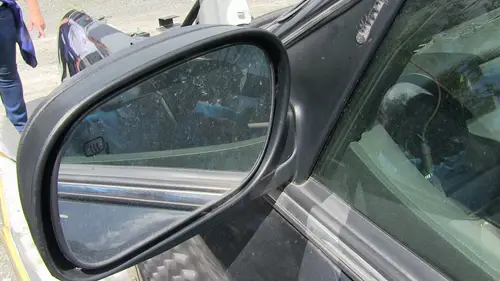
Cosmetic Parts Grading
Cosmetic parts include parts from the interior of the vehicle, trim panels, dash, and headliners.
*provide examples of cosmetic parts.
A Grade cosmetic parts
An A grade cosmetic part is clear of scratches, cannot be ripped and cannot in any way impede the mounting of any component that it is going to be mounted on. They need to be clean and undamaged without any visual imperfections.
B Grade cosmetic parts
B grade cosmetic parts are structurally undamaged but may contain imperfections
C Grade cosmetic parts
C grade cosmetic parts do not meet the requirements of A and B grade cosmetic parts but are still functional.
Examples:
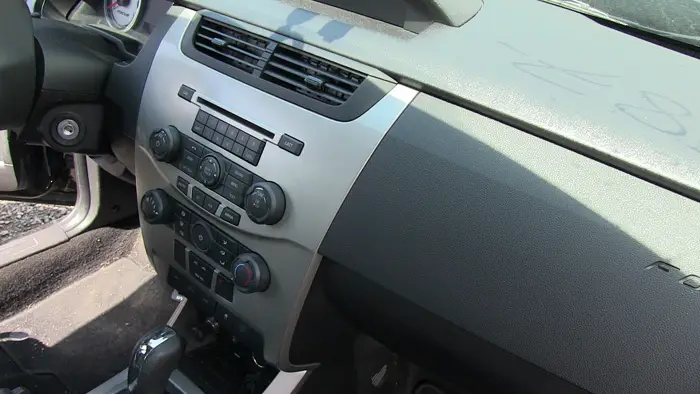
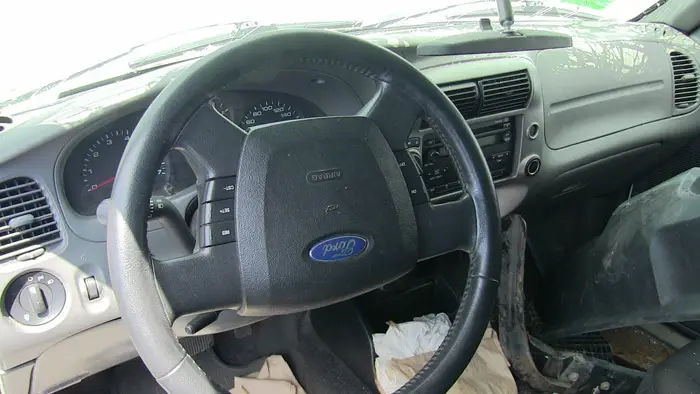
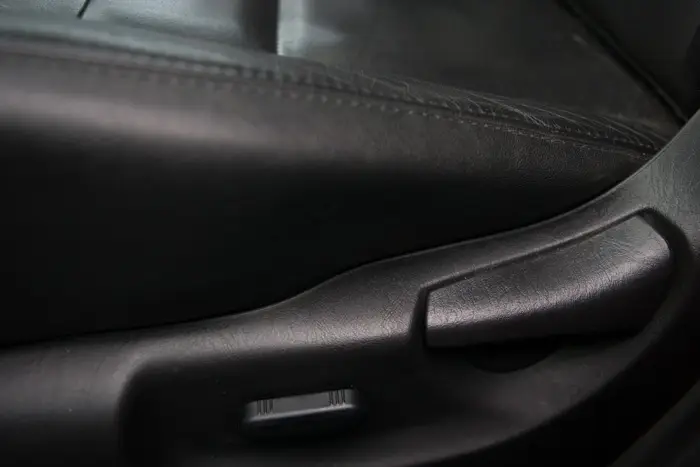
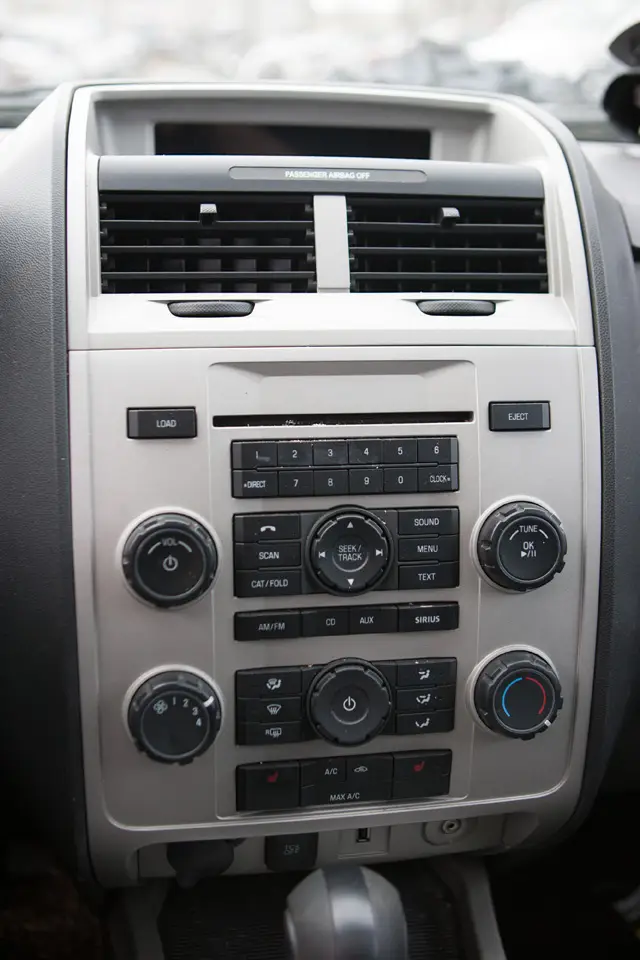
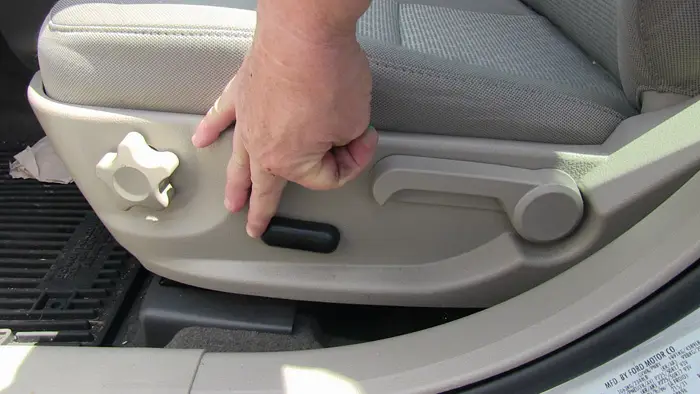
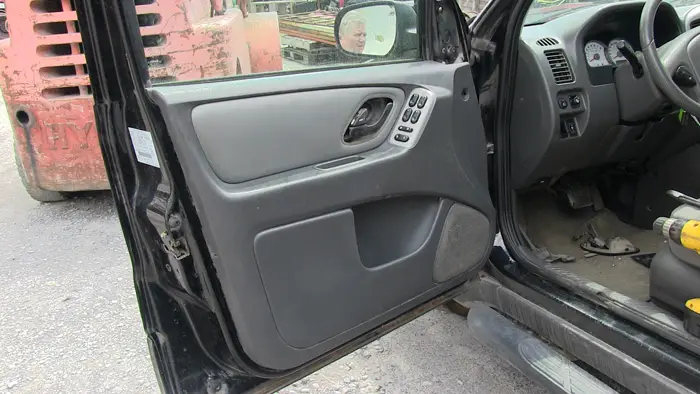
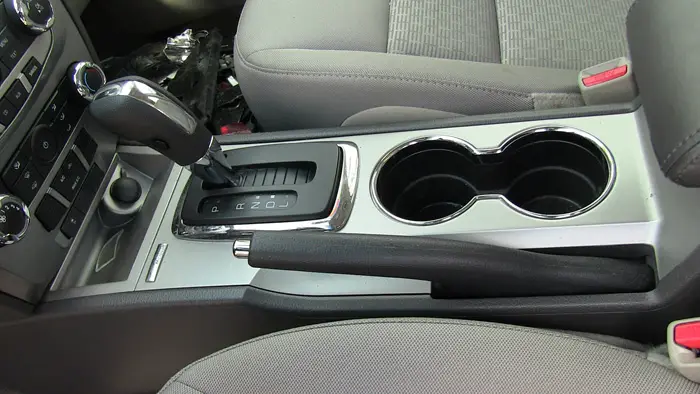
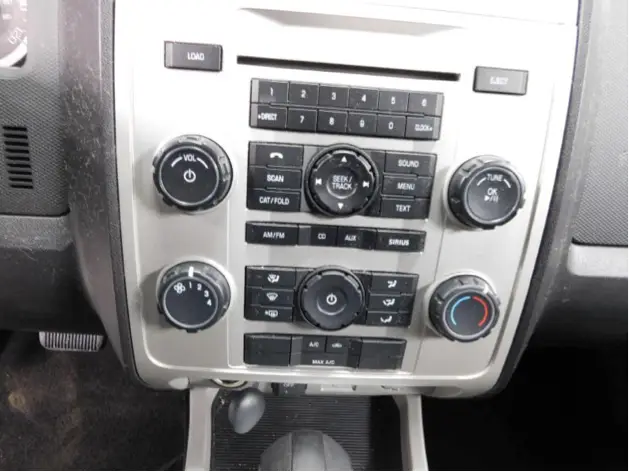
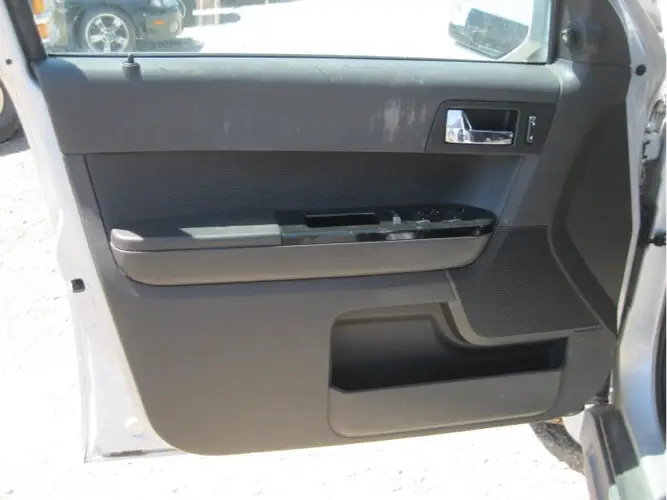
Wheels
Step 1
The wheel must be visually inspected for cracks, bent rim flanges, and distortions of wheel pilot holes, wheel nut chamfers or damage or distortion to any functional surface. Wheels damaged in any of these functional areas should be discarded. No hammering, straightening or reforming of any kind is allowed.
Step 2
Wheels are to be inspected by the inventory specialist for:
- Corrosion
- Gouges
- Dents
- Scrapes
- Any other damage that cannot be corrected by sanding or polishing
A wheel can have no damage but can have ‘blemishes’
Grade A: a wheel having no blemishes
Grade B: a wheel having a blemish of one unit or less
a wheel having greater than one unit of blemish
Unit = size of one credit card
